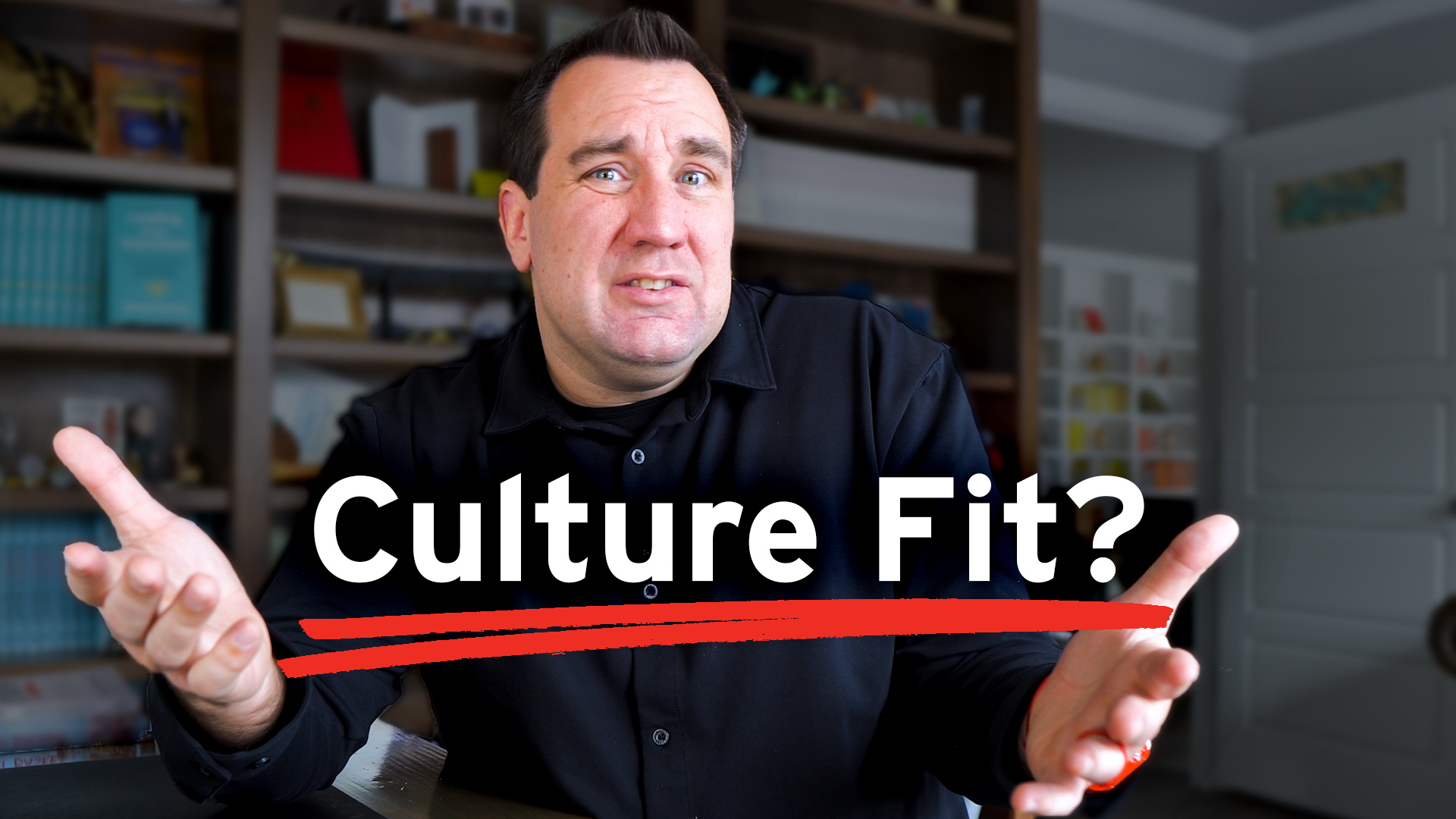
Hiring for “culture fit” sounds simple, right? You want someone who vibes with the team, believes in the mission, and maybe even someone you wouldn’t mind grabbing coffee with. But here’s the problem—culture fit has become a catch-all phrase that often leads to hiring people who look, think, and act like everyone else on the team. And that’s a recipe for stagnation.
If you’re hiring for culture fit the way most companies do, you’re not building a stronger team—you’re just reinforcing sameness. And sameness isn’t great for innovation, problem-solving, or performance. So, let’s rethink what culture fit should really mean.
The Problem With “Culture Fit”
The idea of hiring for culture fit started with good intentions. It was meant to ensure that new hires align with the company’s values and integrate well with the team. But in practice, many hiring managers subconsciously use culture fit as an excuse to hire people who are just like them. Research from UC Berkeley and Stanford reveals that culture fit is made up of two key components: value congruence, which is the alignment between an employee’s personal values and the organization’s values, and perceptual congruence, which is an employee’s ability to accurately perceive and adapt to the organization’s cultural norms and behaviors.
Most hiring processes focus only on value fit, ensuring that new hires align with the company’s mission. But perceptual fit is just as important. Employees who can “read the room,” adapt, and influence the culture over time tend to be the highest performers. Instead of asking, “Do they fit the culture?” a better question is, “Can they contribute to it?”
Culture Fit vs. Culture Add
The best teams aren’t built by hiring clones. They’re built by hiring people who contribute something new while aligning with core values. That’s why many companies are shifting from “culture fit” to “culture add.”
Culture fit asks whether someone blends in. Culture add asks what new perspective, skill, or experience they bring to the team. When hiring focuses on culture add, teams naturally expand their thinking. They bring in diverse experiences, backgrounds, and viewpoints—things that challenge groupthink and drive better decision-making. If every new hire is just a copy of the last one, your team isn’t growing—it’s just repeating itself.
Managers Set the Tone for Culture Fit
Hiring for culture fit isn’t just about finding the right person; it’s about ensuring they thrive on the team. That’s where managers come in. Leaders are the bridge between new hires and existing teams, and how well they build that bridge determines whether the culture grows stronger or fractures.
Too often, managers focus so much on bringing in the right people that they forget about ensuring the existing team is ready for them. If your current employees don’t reflect the culture you’re trying to build, new hires will notice. And they’ll quickly realize they have two choices: assimilate to the real culture (even if it’s toxic) or disengage entirely.
I’ve seen this play out firsthand. My first real job out of college started with six weeks of training at headquarters, where I learned all about the company’s values and culture. Then I got paired with a mentor in the field who quickly told me, “Forget everything they told you—this is how we really do things.” That mentor was fired a few years later for unethical behavior. But even in that moment, I saw the disconnect. There was the espoused culture, and then there was the culture in practice. And I had to decide which one to follow.
New hires will face the same dilemma. If they were hired under the promise of one culture but experience something completely different, they’ll either fall in line with the real culture or feel completely out of place. As a manager, it’s your job to ensure alignment between what’s promised and what’s practiced.
Preventing Culture Clashes
A common mistake companies make is assuming that simply hiring for culture fit will fix existing problems. But when a team isn’t already aligned on values, bringing in new hires who are can backfire. The existing team might feel alienated or resistant, while the new hires might feel misled, hired under one set of expectations only to find reality is completely different.
Before rolling out a culture-fit hiring strategy, assess where your team currently stands. Do existing employees align with company values? Do they demonstrate those values in their work? Is there consistency between what leadership says the culture is and how it’s lived out daily? If there’s a gap between what the company claims to stand for and what actually happens day to day, it needs to be addressed before expecting new hires to fix it.
Conversations with employees, surveys, and one-on-one meetings can help identify misalignment and surface the real culture at play. If the goal is to shift or strengthen the culture, leaders need to be upfront about that and ensure everyone understands why. The worst thing you can do is hire people under the promise of a culture that doesn’t exist.
Hiring for Culture Fit Is a Long Game
The benefits of hiring for culture fit don’t show up overnight. Research shows that as more values-aligned employees join an organization, engagement, performance, and team cohesion improve—but only if leaders actively shape the culture along the way.
This isn’t a set-it-and-forget-it process. Hiring a single culture-fit employee won’t magically transform your team. Culture isn’t just about who you hire; it’s about how you lead. Managers play the biggest role in reinforcing, adapting, and evolving culture over time.
If you want culture fit to work in a way that strengthens your team, be intentional about what it means. Focus on values and adaptability, not just likeability. Look for people who will enhance the culture, not just blend into it. Ensure the existing team reflects the culture you want before bringing in new hires. Actively manage team dynamics to prevent culture clashes. And most importantly, be patient—because strong cultures take time to build.
Culture isn’t about hiring people who fit into a mold. It’s about hiring people who align with your mission, adapt to your team, and help shape the culture in the right direction. That’s how you build a high-performing, positive team culture.

About the author
David Burkus is an organizational psychologist, keynote speaker, and bestselling author of five books on leadership and teamwork.